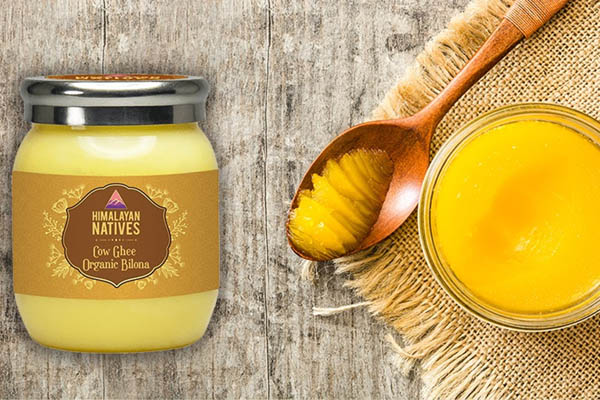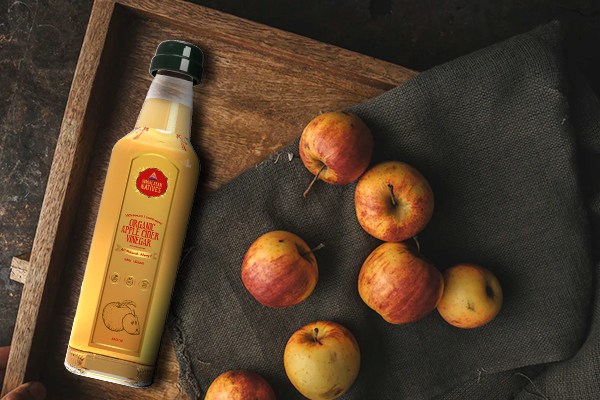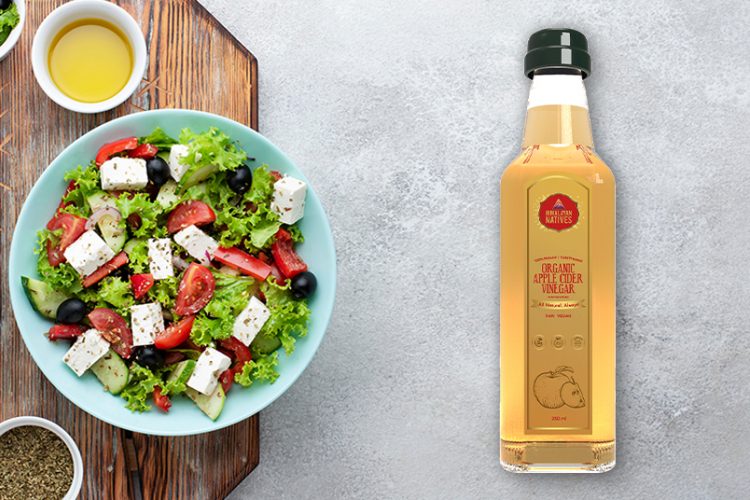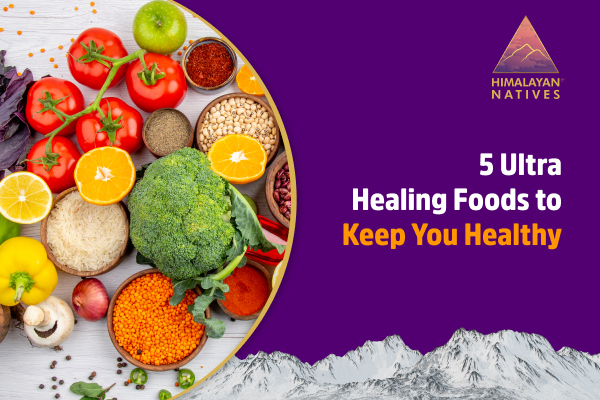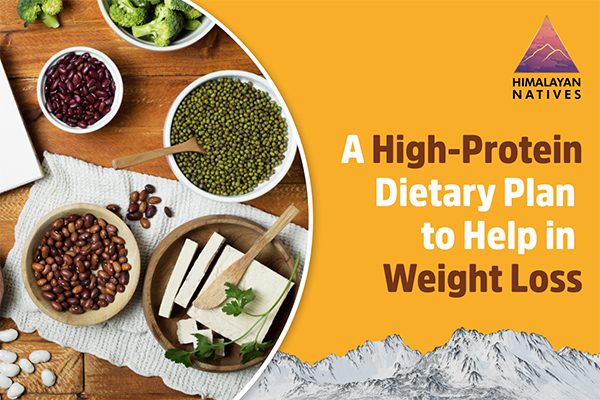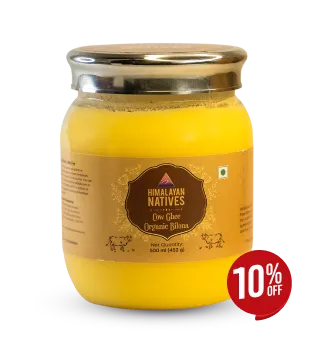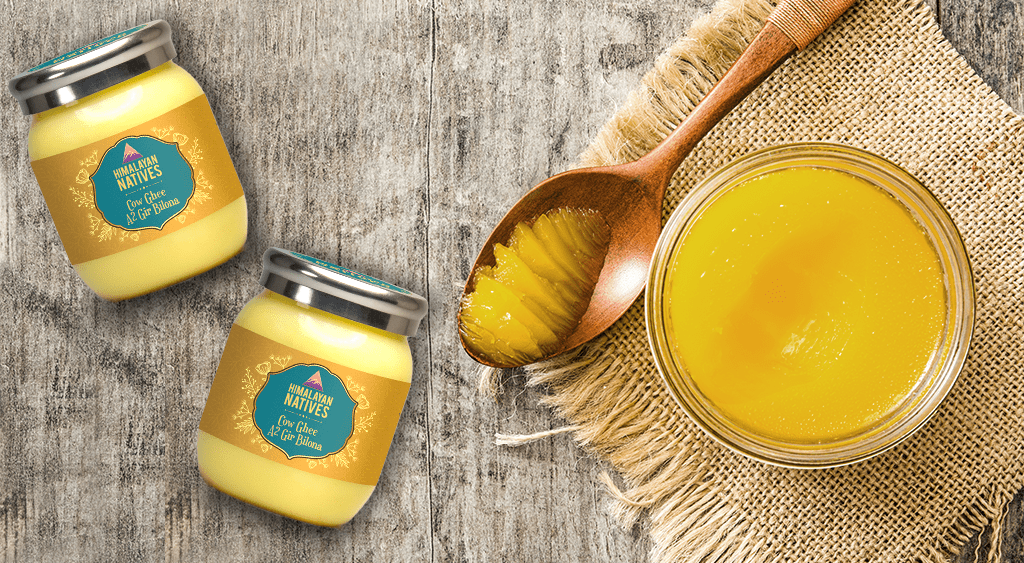
Hailing from a hill station we were always surrounded by small villages with dairy farmers. Our doodh-wale bhaiya came home every day to deliver fresh cow milk. My mother would occasionally make homemade ghee with that. It was however never sufficient since she was super generous with her usage of ghee. So, we would end up buying some extra pure desi cow ghee from the doodh-wale bhaiya. My mother never trusted the packaged ghee from the market. She believed that they were all overly processed and did not contain the benefits of the traditional method of making ghee. She would always add extra ghee over our dals and vegetables and never forgot to put some on the rotis too. Nothing takes an Indian meal to the next level like a dollop of ghee. She would vouch for the innumerable benefits of consuming desi ghee and said it was an ultimate elixir.
I have always been a desi ghee lover myself. Even when I started staying away from home for work my mother would lovingly send me a bottle of desi cow ghee every now and then. She knew that I never enjoyed the taste of packaged ghee.
In 2020 when the pandemic hit and we were all under a state of lockdown my last bottle of ghee got over and me being me could not resist the urge of eating ghee with food since it was a long imbibed habit.
So, I started looking for some pure desi ghee online and a few of them claimed to be pure bilona ghee. So my first question was “what is bilona ghee?” that these people are talking about. This eventually led to my little research about how ghee is made. I started reading about the traditional method of making ghee and I came across the Vedic process of making ghee which has a mention even in the Ayurveda. According to Ayurveda, in the traditional vedic process there are 5 sanskaras or steps that need to be performed to get the purest and healthiest form of desi ghee. The desi ghee made using this process is called bilona ghee.
• Boiling raw A2 milk: In the first step, milk is boiled to ensure the milk is free from bacteria and is safe for consumption. Ayurveda suggests the use of grass-fed cow's milk to produce desi ghee. Traditionally only this high-quality milk was used since it produced ghee of utmost purity.
• Setting up the curd: This milk is then used to make curd. We need to mix a spoonful of curd in this warm milk and keep it overnight in a warm place. Once the curd is set it is kept in a cool place before the hand churning process starts.
• Churning of the curd: This curd is then churned using a traditional wooden churner called bilona. It is also called bilona churning. It can be a lengthy process but the curd separates into buttermilk and butter. Adding chilled water helps in the process of churning.
• Separating the fat: The butter is now separated from buttermilk and is used to make ghee. This butter is also known as loni or makkhan. This buttermilk left behind is a delicious drink and can be consumed in various styles.
• Heating the butter: The butter is now put in a pot and heated on a medium-high flame. During this process, all the water evaporate Once the butter becomes clear and we can see a visible layer of milk solids at the bottom the ghee is ready.
The time of boiling this liquid determines its taste and aroma. The ghee is then strained and stored in bottles. This traditional method of making desi ghee is known as the bilona process. However, this method is somehow lost due to the development of new technology and the ever-expanding demands. Big industries and private limited companies that deal with dairy products rely on the commercial method for the production of ghee by using automated machines that churn out thousands of kilograms of ghee every day but in this process, they lose many vital health benefits and are not easy to digest.
I then started extensively researching for brands that still use this Bilona process for producing ghee. I came across some brands and tried a few but I wasn't satisfied. I still missed my mom’s ghee. Then on a friend’s recommendation, I decided to give packaged ghee one last shot and purchased the Himalayan Natives A2 Bilona Ghee. I ordered it online and received it in a few days. I was however not keeping my hopes too high because of my earlier disappointments. But when I opened the container I could smell a familiar aroma and when I tasted it I was overwhelmed. It tasted exactly like my homemade ghee. I felt like a little kid who found her favorite candy. This A2 Bilona cow ghee had a rich aroma & authentic flavor.
They have several varieties of ghee like the A2 Gir Cow Ghee, A2 Gir Cow Bilona Ghee, Organic Cow Bilona Ghee, A2 Yak Ghee, etc. They are super nutritious and retain their original taste since they are all produced using the bilona ghee process. I also became aware of the benefits of A2 cow ghee that is prepared from the milk of A2 cow. I was quite intrigued by all this and wanted to know some more. With my further research, I found out that A1 and A2 are a type of beta-casein protein that is found in cow milk. A2 protein is found only in some native Indian breeds of cows. Most commercial dairy products contain A1 protein since they use crossbred cows that have a higher milking capacity making them a cheaper alternative. However, it is not a very healthy option. It lacks many nutritional benefits as compared to the A2 protein. A2 bilona cow ghee is highly nutritious and helps in boosting immunity, is a great source of omega 3 fatty acids aiding heart health, helps in burning fat, and helps in weight loss. It is also known to aid bone health and muscle growth. With so many benefits and its distinct taste and flavor, Himalayan Natives A2 Gir Cow Bilona Ghee has become my favorite ghee. It reminds me of the love of my mother's homemade ghee while it is always easily available at my doorstep.`
 HELPFUL0 people found it helpful
HELPFUL0 people found it helpful
Related Blogs
Subscribe to Our Blogs
and never miss on the latest update!







